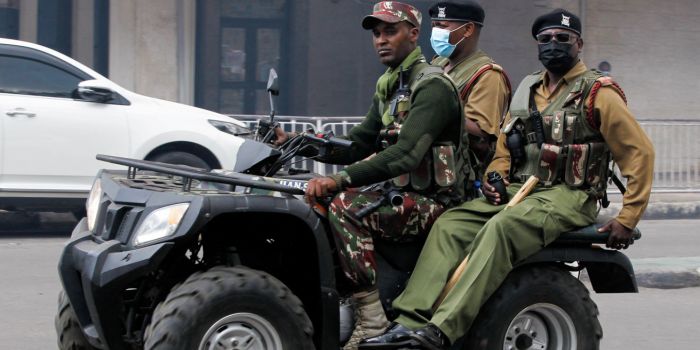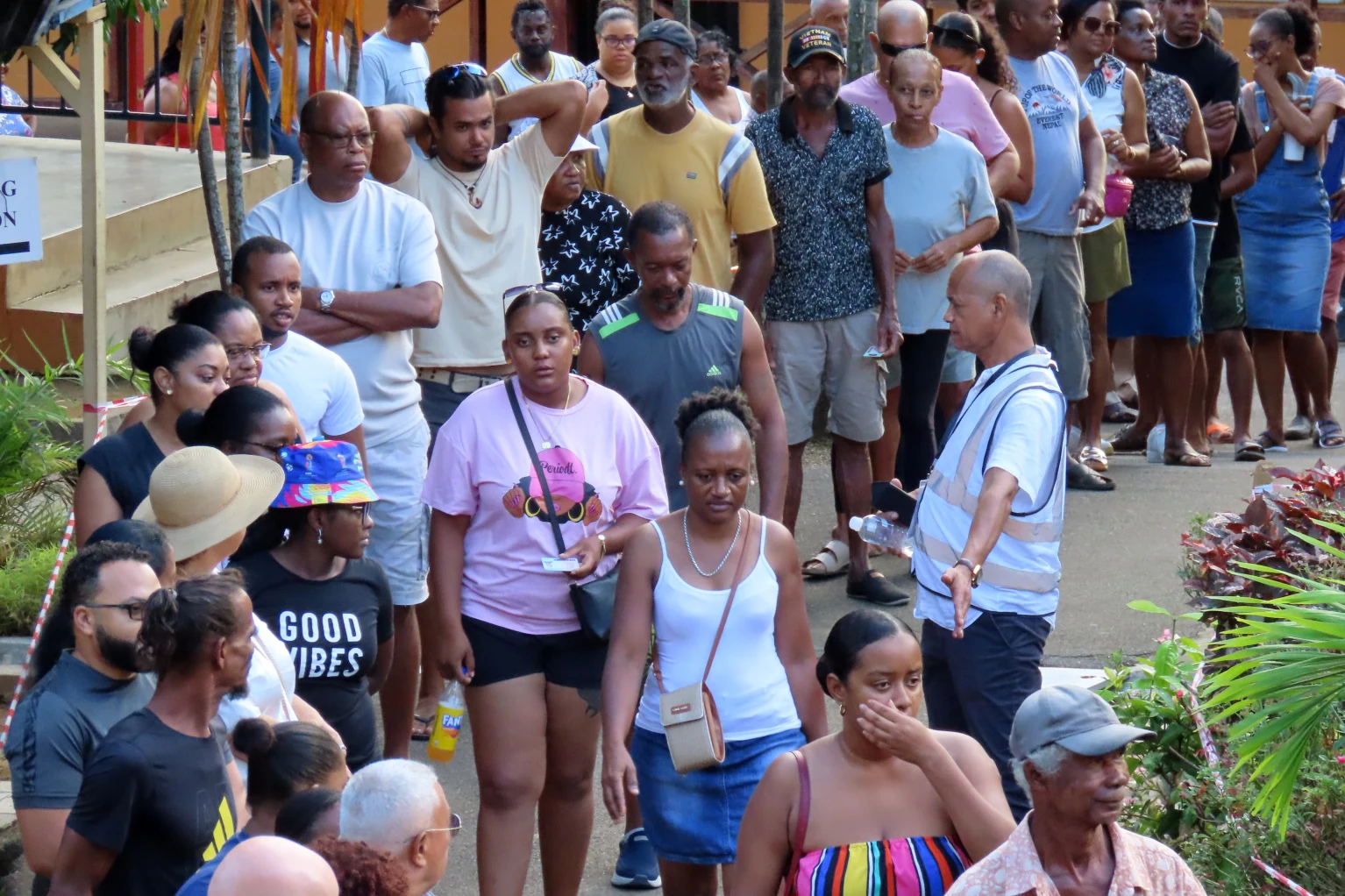
Arrest of a police officer based in banditry-prone north-western Kenya is expected to help investigators unravel the unending spectre of arms running in regions that have since independence been a playground for armed non-state actors.
The arrest and detention of Turkana Armory Police Corporal Isaac Kipngetich on Wednesday pulls the veil off long-held suspicions that a section of the police service is behind the insecurity in areas designated as arid and semi-arid lands, which depend exclusively on pastoralist economy.
Turkana, Elgeyo Marakwet, West Pokot, Samburu, Baringo, Marsabit and Isiolo counties are synonymous with cattle rustling. The flow of small-arms and light weapons in these regions, including Wajir, Madera, Garissa ad Tana River in north-eastern Kenya – estimated to be in hundreds of thousands by the United Nations Development Programme (UNDP) – remains an enigma that successive governments in Kenya have for years been able to resolve.
Ongoing conflicts in South Sudan, Sudan, Ethiopia, Somalia and the Middle East have
State actors – the military, police, civil servants and administrators – have been named without identifications as key players in small arms trafficking in banditry-prone regions that experience cross-border attacks by Ugandan, South Sudanese, Ethiopian and Somali herders.
Corporal Isaac Kipngetich has been detained until Monday when a decision will be taken on whether to arraign in court or set him free. He was arrested more than 1,000 rounds of ammunition.
Kipngetich, an armourer based at the Turkana County Police Headquarters, was arrested on Wednesday along Uhuru Highway at the Kenyatta Avenue roundabout, Nairobi, after detectives from the Directorate of Criminal Investigations DCI) Operations Support Unit intercepted his Toyota Passo.
According to investigators, intelligence reports had indicated that the vehicle was ferrying illegal ammunition. Upon searching it, officers discovered a sealed carton hidden in a black backpack containing 1,007 rounds of 5.56 mm calibre ammunition.
The interception of the arms cache coincides with spiralling armed crime in Nairobi, Nakuru, Mombasa and frontier towns in north-eastern Kenya.
Court documents show that Kipngetich was on annual leave from September 23 to November 11, 2025, and had no authority to be in possession of the ammunition.
Prosecutors argue that the recovered bullets were destined for criminal activities, including banditry, murder, and livestock raids in Turkana and neighbouring counties, which continue to face severe security threats.
In 2024, a UNDP report noted that police are active players in arms trafficking.
It said, “Banditry and the proliferation of illegal small arms are critical drivers of insecurity in Kenya’s North Rift Region. Survey-derived baselines project the number of illicit firearms in the country to be over 650 000, with most concentrated in pastoral counties.”
Despite a drop in assaults in North Rift over the last couple of months the six months before that saw over 40 incidents involving bandit attacks. Around 100 civilians and 16 police officers were killed, and ‘hundreds’ of people fled their homes, according to (then Interior Cabinet Secretary) Deputy President Abraham Kithure Kindiki.
A 2024 report tabled in Parliament by President William Ruto that covered the period between September 2023 and August 2024, 103,536 cases of general crime were recorded, compared to 100,651 cases during the previous period, indicating that crime remains on the rise.
Other National Police Service reports show that 2023 recorded the highest number of crimes reported (104,842), followed by 2019 (93,411), 2018 (88,268), 2022 (87,858), 2021 (81,272), 2017 (77,992), 2016 (76,986), 2015 (72,490) and 2020 (69,645) – an indication that crime has been increasing year after year.
The reports also indicate that complex crimes documented varying data, with terrorism incidents peaking in 2017 (80), followed by 2022 (67), 2023 (58), 2019 (53), 2018 (48), 2014 (47), 2016 (37), 2020 (34), 2015 (30), and 2021 (30).
The reports further show that most crimes were committed by middle-aged individuals aged between 30 and 44. Over the years, Nairobi, Rift Valley, and Central regions have recorded the highest crime incidents, with Rift Valley leading in 2017, 2018, 2020, 2021, and 2022, while Nairobi topped in 2019.







